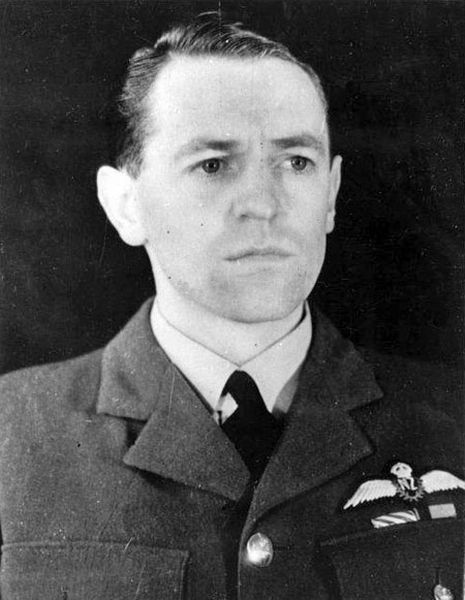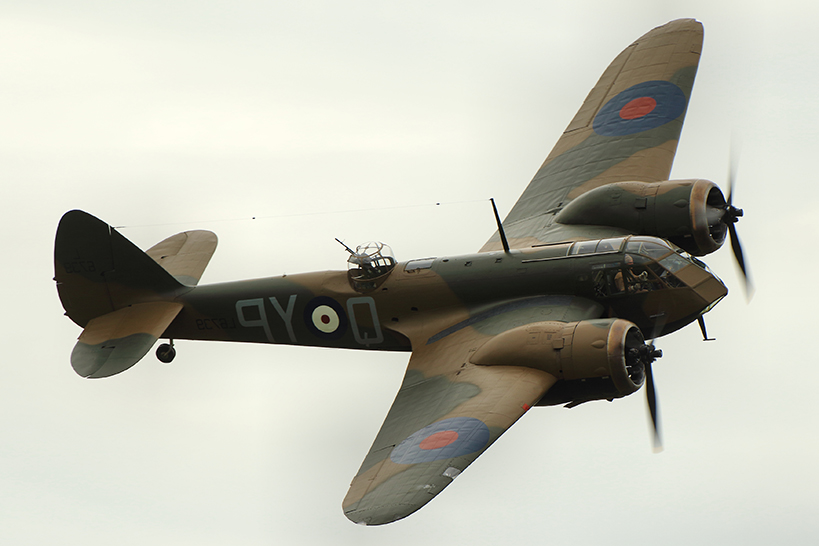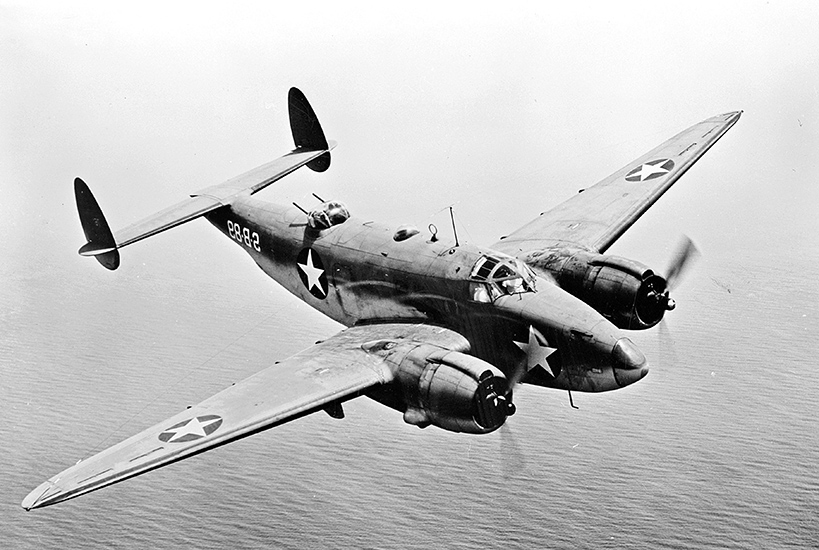Trent, Leonard Henry
- Date of birth:
- April 14th, 1915 (Nelson, New-Zeeland)
- Date of death:
- May 19th, 1986 (Auckland, New-Zealand)
- Service number:
- 36146/N.Z.2481
- Nationality:
- New Zealander
Biography
Leonard Trent was born April 14th, 1915 in Nelson. Between 1928 and 1934 he was educated at Nelson College. Following basic training at Taieri, Trent took flight training in Christchurch, receiving his wings in May 1938. After training he was sent to England to serve in the RAF.
At the outbreak of World War Two he served in 15 Squadron, flying the Blenheim in France. In December, the unit returned to England.
August 7th, 1940, he married Ursula Elizabeth Woolhouse. At the time he was employed as flight instructor. In March 1942 he returned to operational service. Having served for some time in Headquarters 2 Group RAF, Trent was posted to B Flight of 487 (RNZAF) Squadron, flying the Lockheed Ventura.
On May 3rd, 1943 he was shot down over enemy territory (during the action for which he was awarded the VC) and was made a prisoner of war. Trent was imprisoned in Stalag Luft III and on March 24th, 1944 he took part in the escape which became known as the Great Escape. He was however recaptured immediately. On May 24th , he was liberated by British troops, returned to England and resumed flying immediately.
After the war he became a jet pilot and Squadron Leader of 214 Squadron. He ultimately became Group Captain and Air Attaché in Washington D.C. He returned to New Zealand after his retirement in 1965.
Leonard Henry Trent passed away May 19th, 1986 in Auckland.
Promotions:
August 23rd, 1938: Pilot Officer;
March 23rd, 1940: Flying Officer;
March 23rd, 1941: Flight Lieutenant (war subs., seniority March 23rd, 1941);
June 1st, 1942: Temporary Squadron Leader (seniority June 1st, 1942);
September 17th, 1947: Flight Lieutenant (permanent, seniority December 1st, 1942);
?: Squadron Leader (permanent);
July 1st, 1953: Wing Commander;
July 1st, 1959: Group Captain.
Career:
June 1st, 1944: Tranfer to Royal New Zealand Air Force.
Do you have more information about this person? Inform us!
- Period:
- Second World War (1939-1945)
- Awarded on:
- May 1938
- Period:
- Second World War (1939-1945)
- Rank:
- Acting Flight Lieutenant
- Unit:
- No. 15 Squadron, Royal Air Force
- Awarded on:
- July 9th, 1940
- Period:
- Second World War (1939-1945)
- Rank:
- Squadron Leader
- Unit:
- No. 487 (RNZAF) Squadron, Royal Air Force
- Awarded on:
- March 1st, 1946
"On the 3rd May, 1943, Squadron Leader Trent was detailed to lead a formation of Ventura aircraft in a daylight attack on the power station at Amsterdam. This operation was intended to encourage the Dutch workmen in their resistance to enemy pressure. The target was known to be heavily defended. The importance of bombing it, regardless of enemy fighters or antiaircraft fire, was strongly impressed on the air crews taking part in the operation. Before taking off, Squadron Leader Trent told the deputy leader that he was going over the target, whatever happened.
2. All went well until the n Venturas and their fighter escort were nearing the Dutch coast. Then one bomber was ihit and had to turn back. Suddenly large numbers of enemy fighters appeared. Our escorting fighters were hotly engaged and lost touch with the bombing force. The Venturas closed up for mutual protection and commenced their run up to the target. Unfortunately, the fighters detailed to support them over, the target had reached the area too early and had been recalled.
3. Soon the bombers were attacked. They were at the mercy of 15 to 20 Messerschmitts which dived on them incessantly. Within four minutes six Venturas were destroyed. Squadron Leader Trent continued on his course with the 3 remaining aircraft.
4. In a short time 2 more Venturas went down in flames. Heedless of the murderous attacks and of the heavy anti-aircraft fire which was now encountered, Squadron Leader Trent completed an accurate bombing run and even shot down a Messerschmitt at point-blank range. Dropping his bombs in the target area, he turned away. The aircraft following him was shot down on reaching the target. Immediately afterwards his own aircraft was hit, went into a spin and broke up. Squadron Leader Trent and his navigator were thrown clear and became prisoners of war. The other two members of the crew perished.
5. On this, his 24th sortie, Squadron Leader Trent showed outstanding leadership. Such was the trust placed in this gallant officer that the other pilots followed him unwaveringly. His cool, unflinching courage and devotion to duty in the face of overwhelming odds rank with the finest examples of these virtues."
- Period:
- Second World War (1939-1945)
- Period:
- Second World War (1939-1945)
Sources
- Photo 1: Tom MacNeill
- - The London Gazette of 6th September 1938, Issue 34548
- The London Gazette of 2nd April 1940, Issue 34822
- The London Gazette of 9th July 1940. Issue 34892
- The London Gazette of 28th March 1941, Issue 35119
- The London Gazette of 3rd July 1942, Issue 35618
- Second Supplement to The London Gazette of 9th November 1945, Issue 37345, dated 13th November 1945
- Third Supplement to The London Gazette of 26th February 1946, Issue 37486, dated 1st March 1946
- Second Supplement to The London Gazette of 9th January 1948, Issue 38175, dated 13th January 1948
- Second Supplement to The London Gazette of 26th March 1948, Issue 38248, dated 30th March 1948
- Second Supplement to The London Gazette of 26th June 1953, Issue 39900, dated 30th June 1953
- Second Supplement to The London Gazette of 26th June 1959, Issue 41753, dated 30th June 1959









